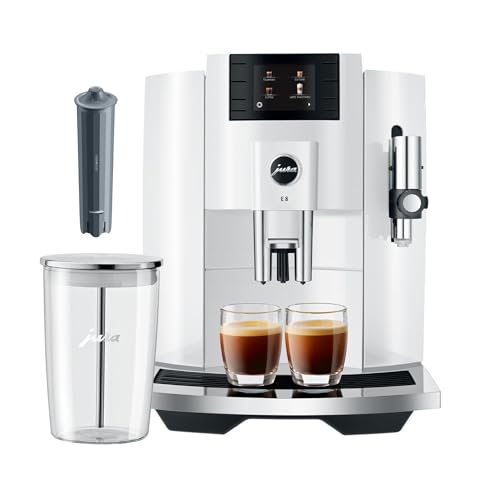A milk frother is a great gizmo for frothing café-quality drinks in your own home. But even the best frothers lose their mojo or worse, taint your coffee experience if not cared for and cleaned regularly. Proper maintenance ensures tastier beverages and the longest lifespan for your equipment.
This is a simple-to-follow guide on how to clean and maintain your milk frother, whether it’s a steam wand, electric frother, handheld frother, or manual frother.
Why Cleaning Your Frother is Important
Milk residue accumulates fast and will breed bacteria if it’s not properly cleaned. Furthermore, old milk that remains inside your frother influences the texture of your foam and can produce off-flavors.
Maintaining your frother clean ensures:
Improved taste
Increased lifetime of your equipment
Easier frothing every time
How to Clean Various Frothers
Depending on the frother being used, the cleaning is merely slightly different. Let’s do it step by step:
- Cleaning a Steam Wand (Espresso Machine Frother)
With Every Use: Immediately wipe the steam wand with a damp cloth and briefly purge the steam wand to allow steam out and flush out milk residue.
Daily: Soak the tip in warm water or use a specialized milk cleaner to dissolve buildup.
Weekly: Remove the tip (if detachable) and soak the tip in an overnight cleaning solution.
- Cleaning an Automatic Electric Milk Frother
After Each Use: Wash the frother with warm water and wipe the interior with a gentle cloth.
Deep Cleaning: Some models contain dishwasher-safe parts always check the manual. Otherwise, soak stubborn stains in warm, soapy water and brush gently.
- Cleaning a Handheld Frother
After Each Use: Froth a cup of warm soapy water for a few seconds, then rinse in running water.
Tip: Never soak the motorized part in water just wash the whisk.
- Cleaning a Hand-Operated Milk Frother
After Each Use: Wash the container and plunger in warm, soapy water. Rinse thoroughly.
Dishwasher Safe?: Most hand frothers are, but always check your model.
Maintenance Tips for Long-Term Care
Besides routine cleaning, maintenance good practices do matter:
Descale Steam Wands: If you live in a hard water area, descale your espresso machine periodically to prevent clogging.
Replace Worn Parts: Whisks, seals, or tips can wear out over time. Check performance and replace parts if needed.
Dry Thoroughly: Prevent mold and odors by drying parts thoroughly before reassembly.
Use Mild Cleaning Agents: Harsh chemicals will mar non-stick surfaces or delicate components.
Cleaning your frother isn’t time-consuming, but the rewards better-tasting coffee and a longer life for your device—are huge.
Warning Signs Your Frother Needs a Deep Clean or Repair
Be aware of these telltale signs:
Uneven froth or skimpy foam
Off smells even after rinsing
Visible crust or milk buildup
Whisk not spinning freely (for handheld models)
If you notice any of these, then it’s time for a show-stopping clean or in some cases, professional servicing.
Fresh a flavor as possible
Keeping your milk frother in good condition means each latte or cappuccino you make will have as good and fresh a flavor as possible.
Make cleaning a part of daily coffee routine, and you’ll be enjoying consistently excellent results. Clean coffee starts with clean gear.
Happy frothing!














[…] you’re serious about making café-quality drinks at home, investing in a good milk frother can transform your coffee experience.Whether you’re […]
[…] as You PourStart your timer and pour twice the weight of your coffee in water for the bloom (e.g., 30g water for 15g coffee). Allow it to sit 30–45 seconds. Then, pour in slow […]